Archive
2022
KubaParis
medusa-offspace

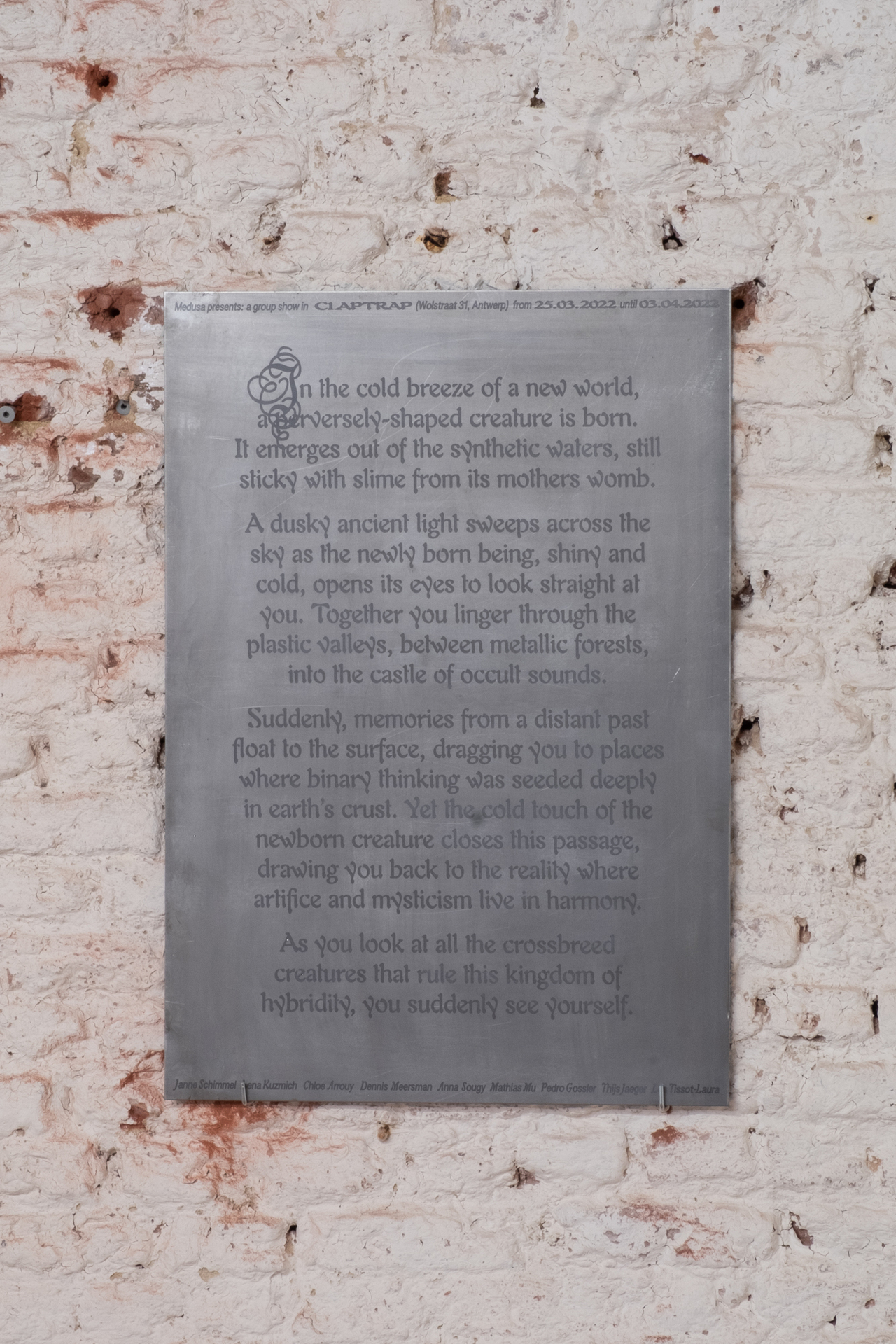
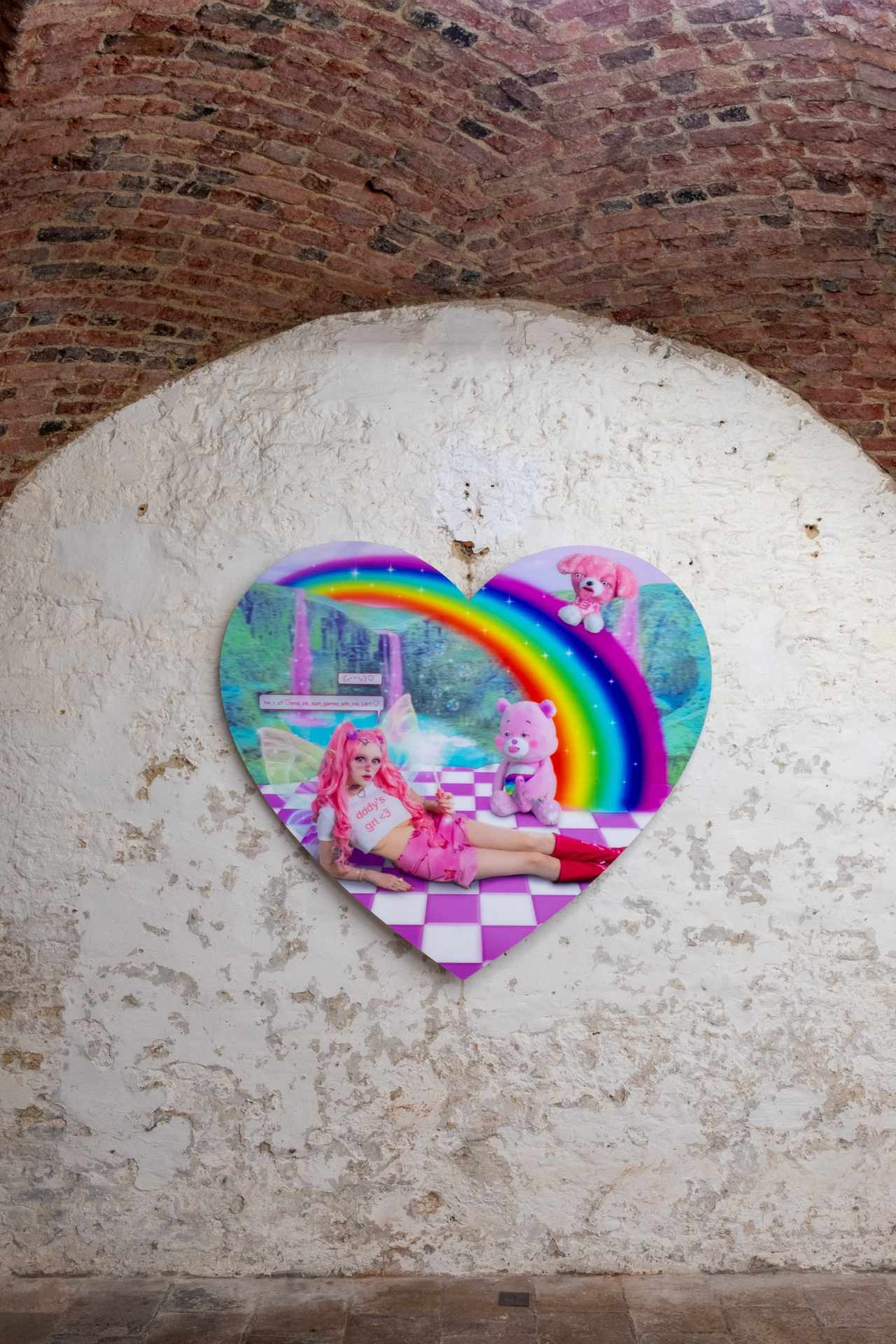
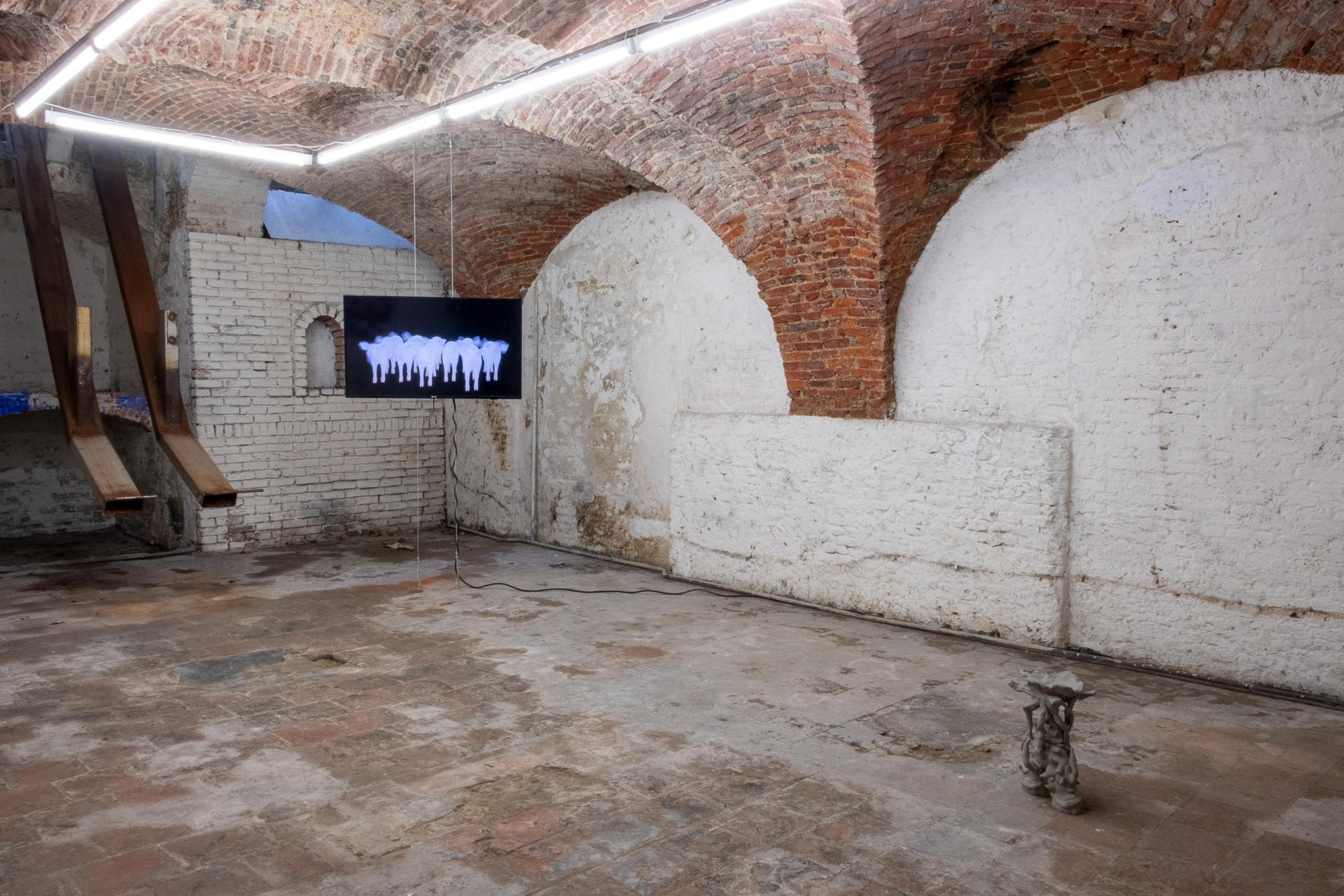
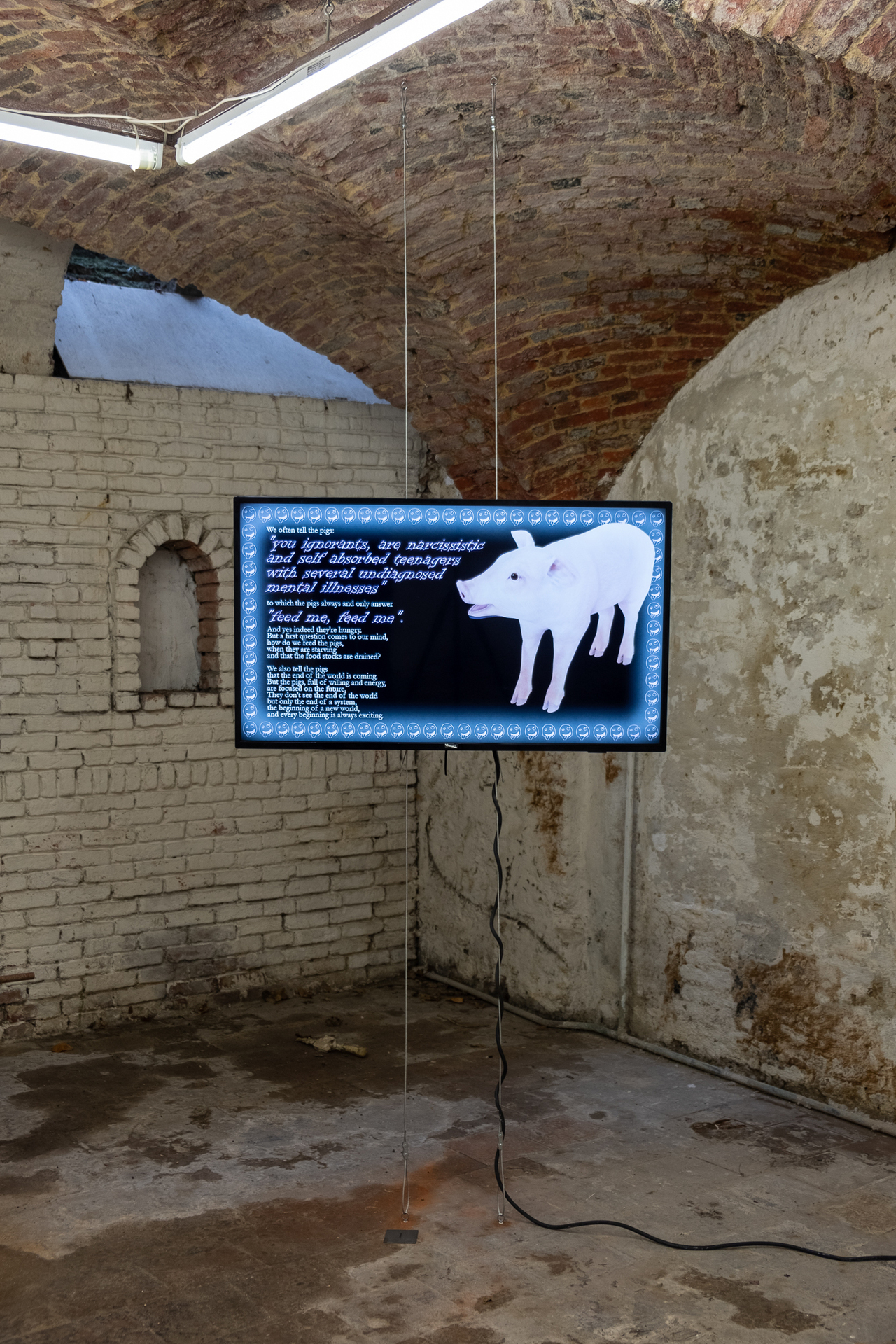
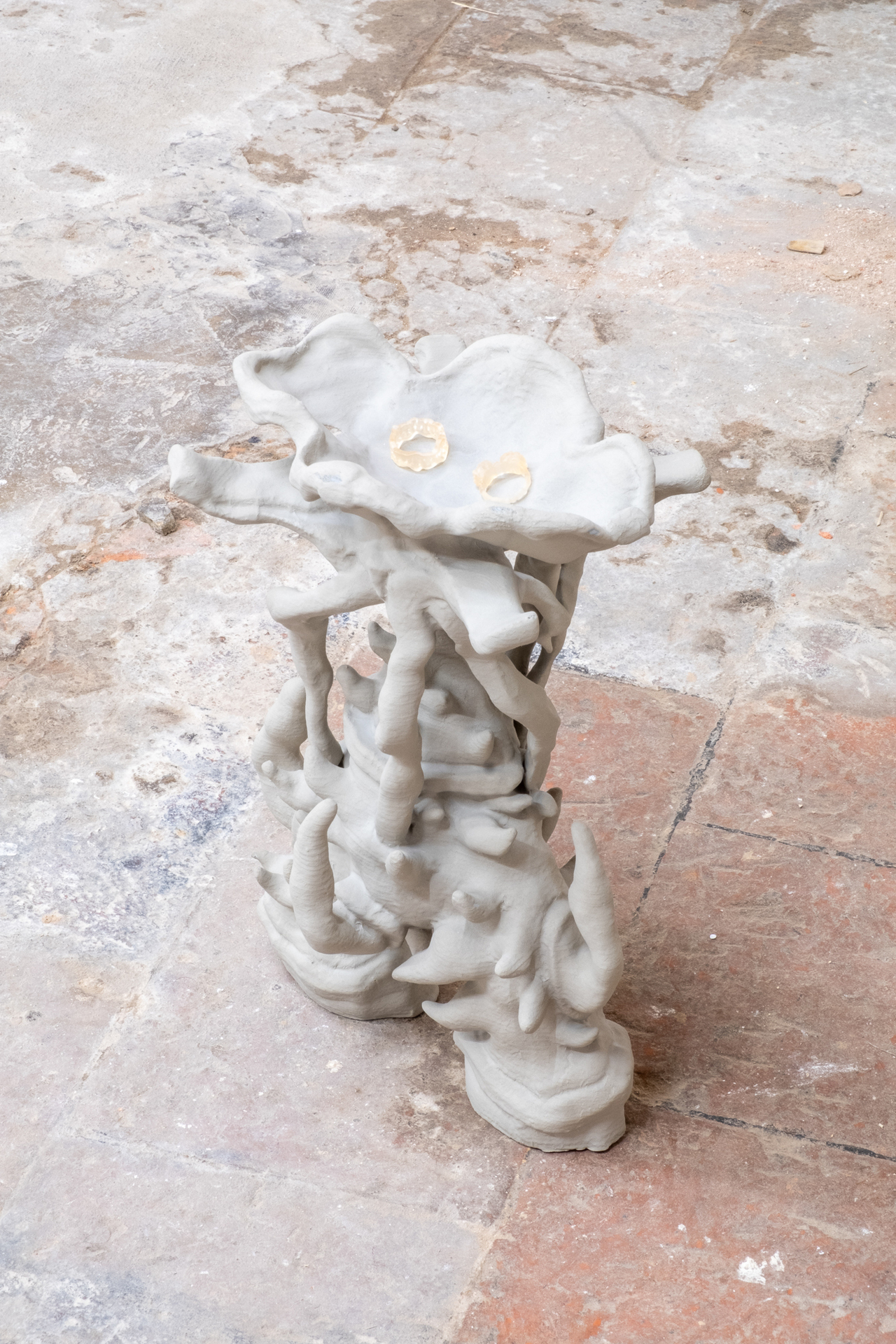

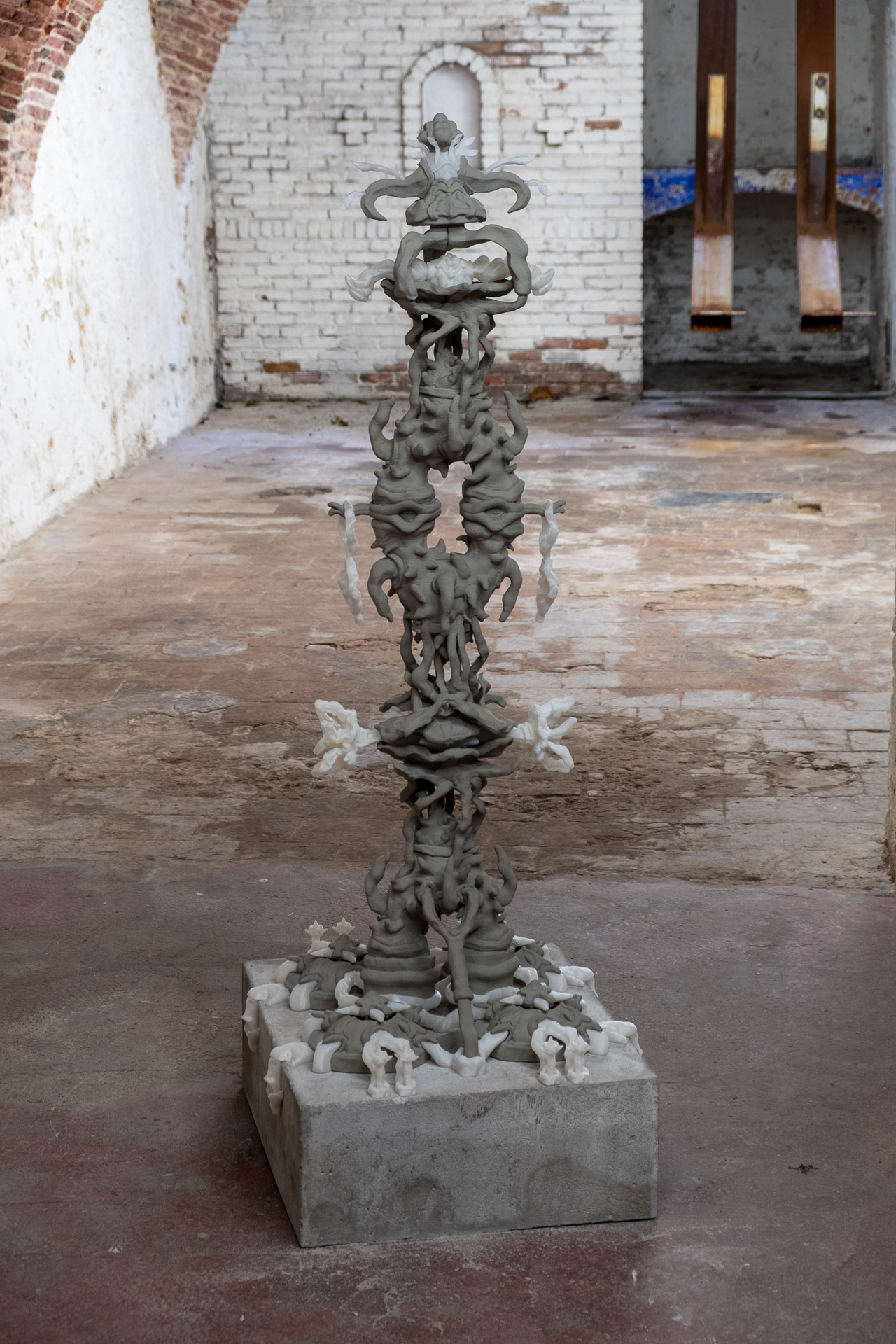
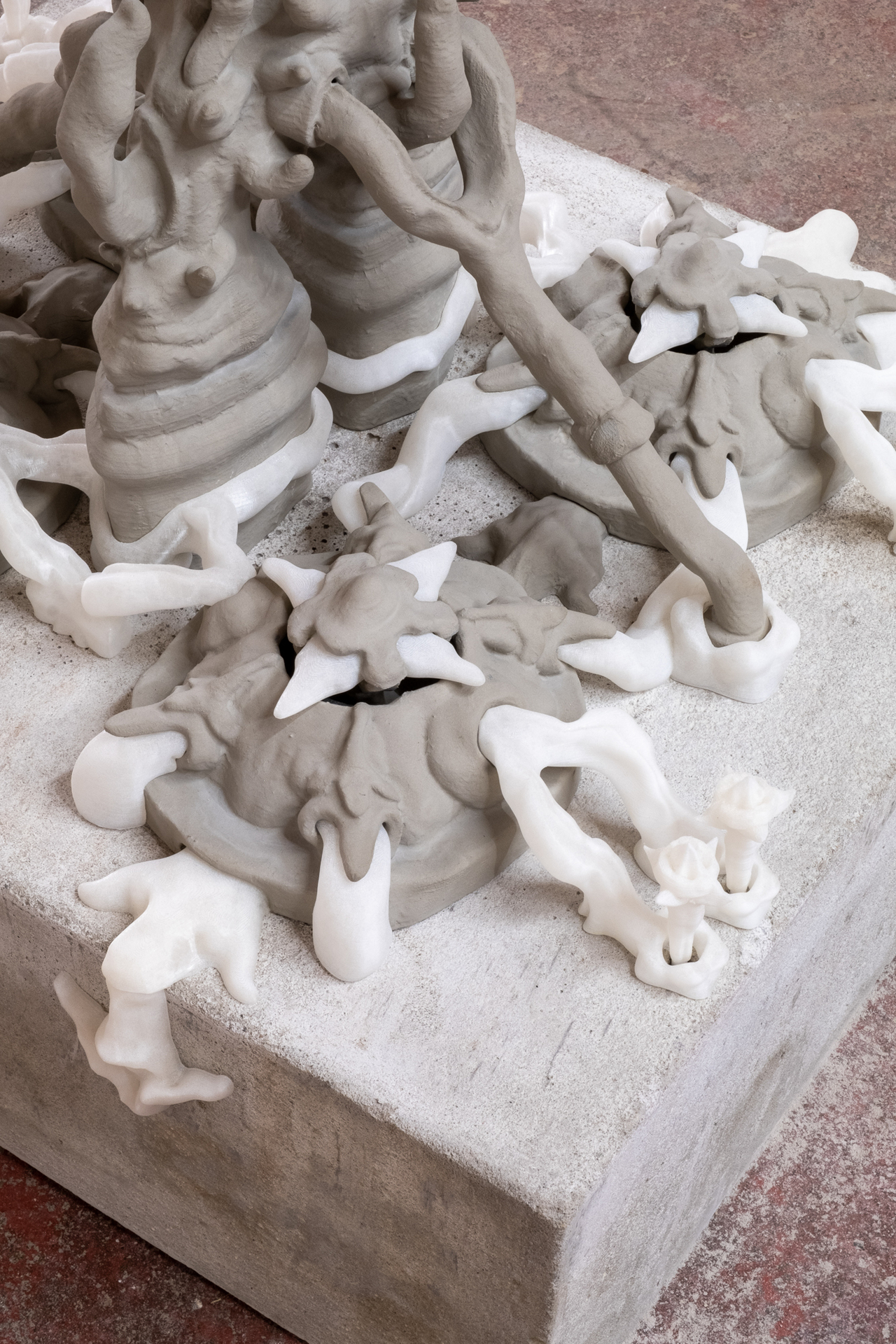
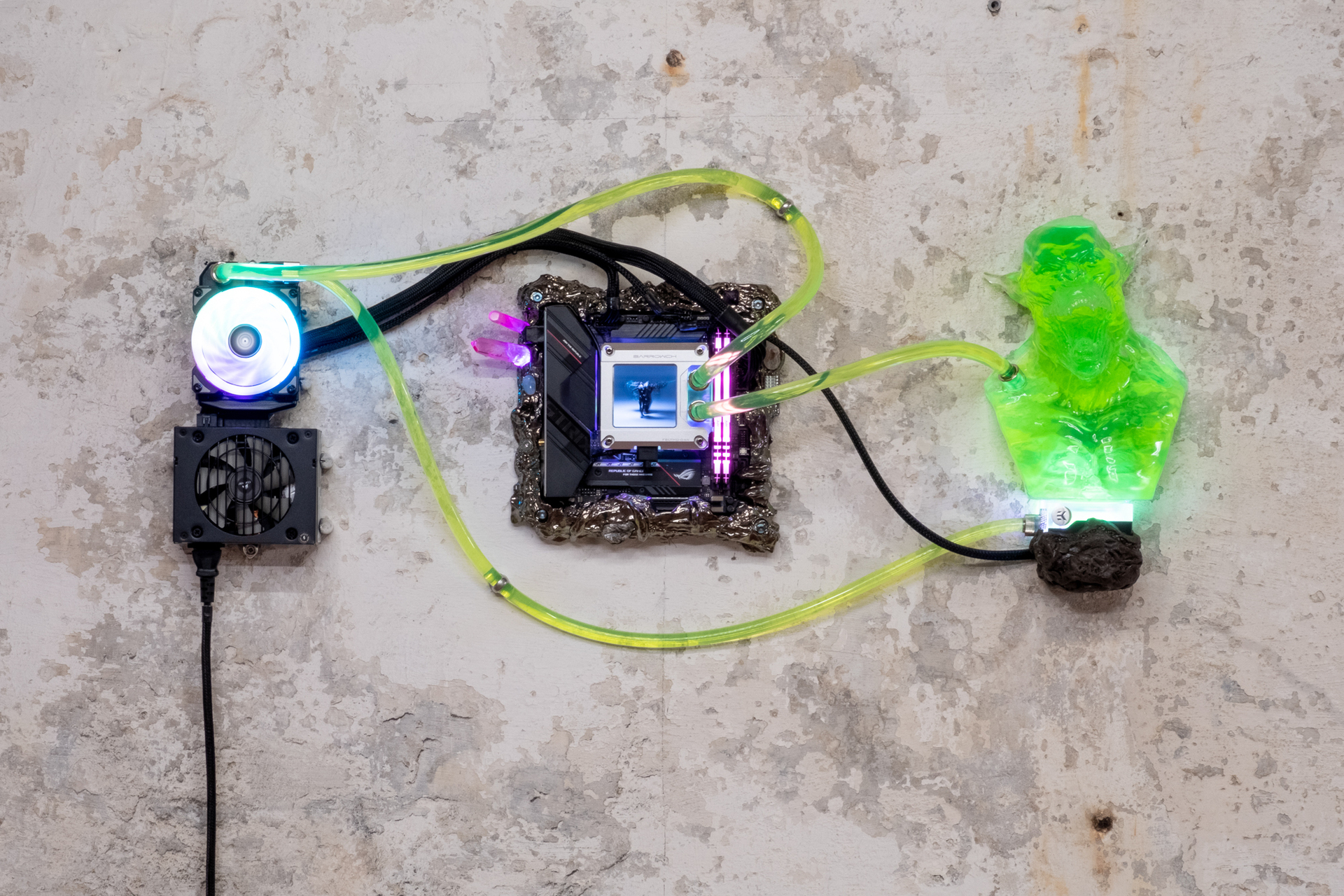

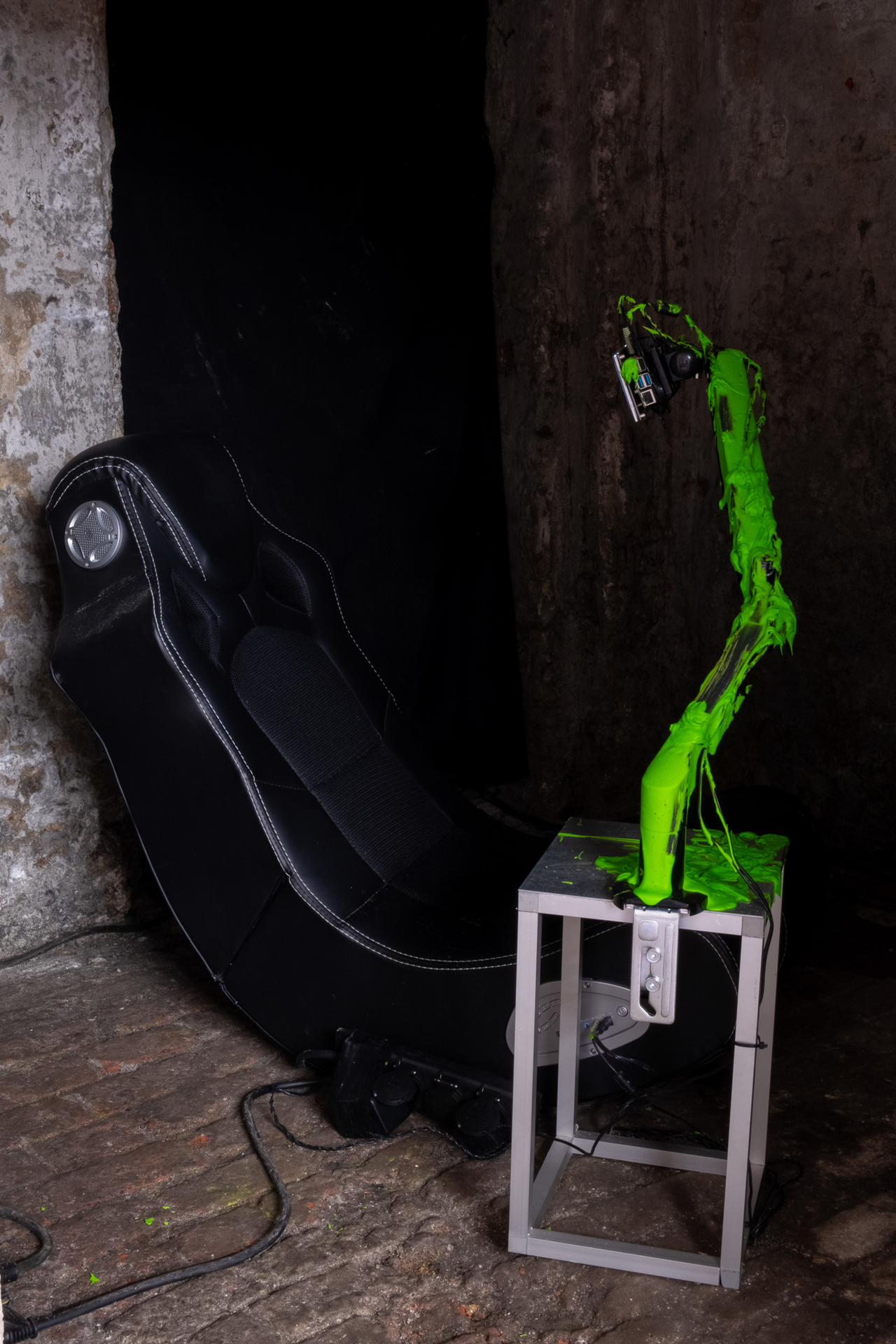
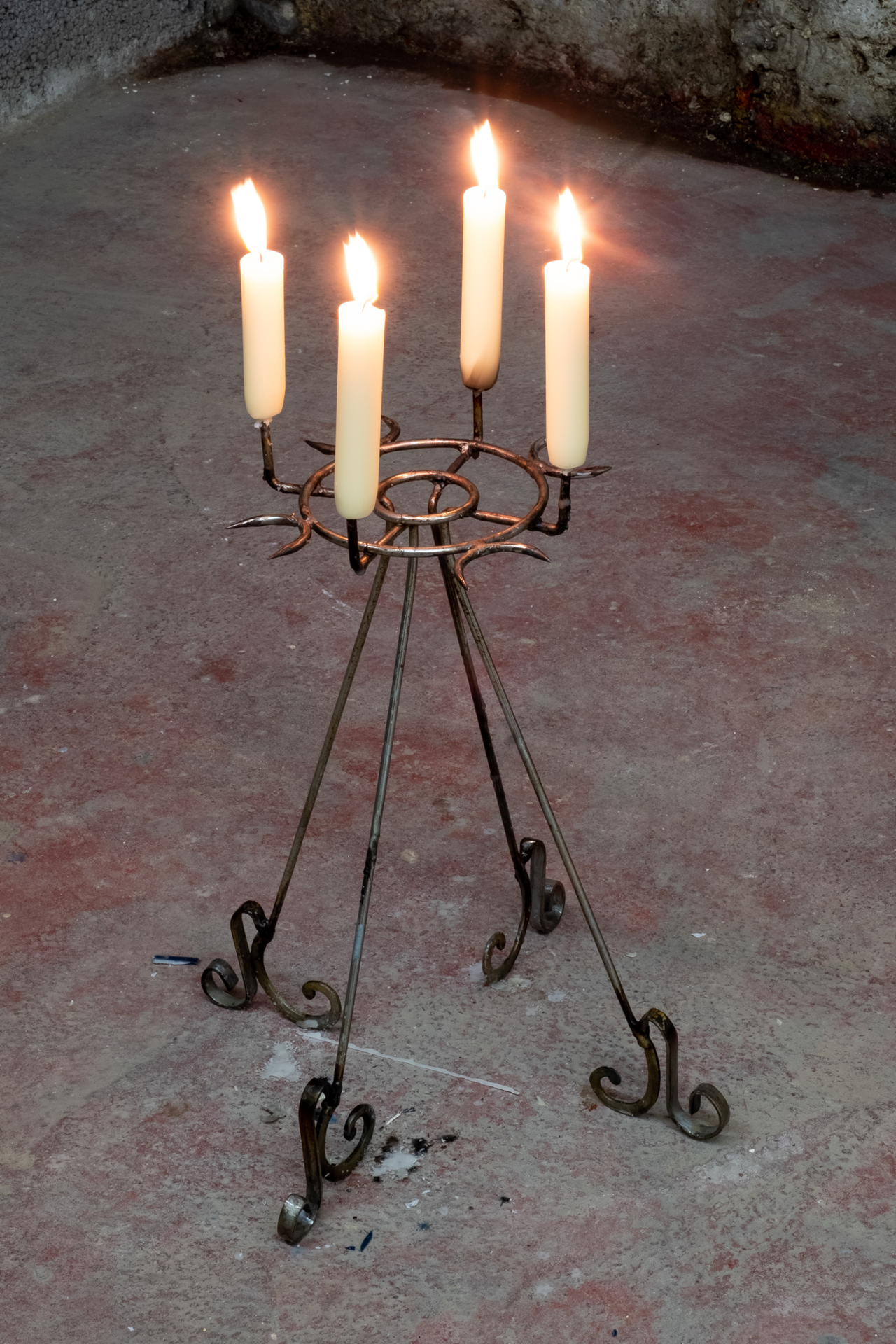


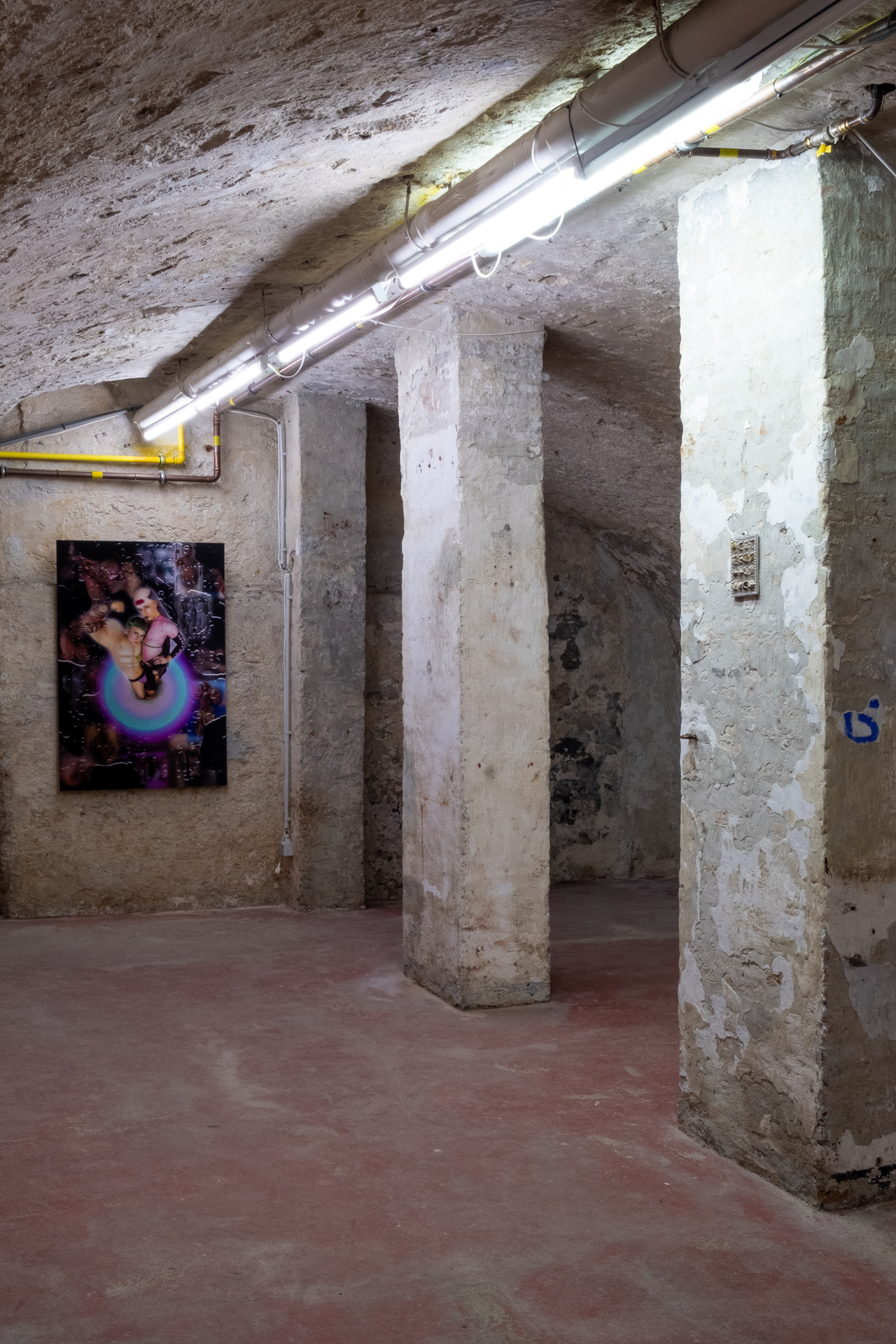

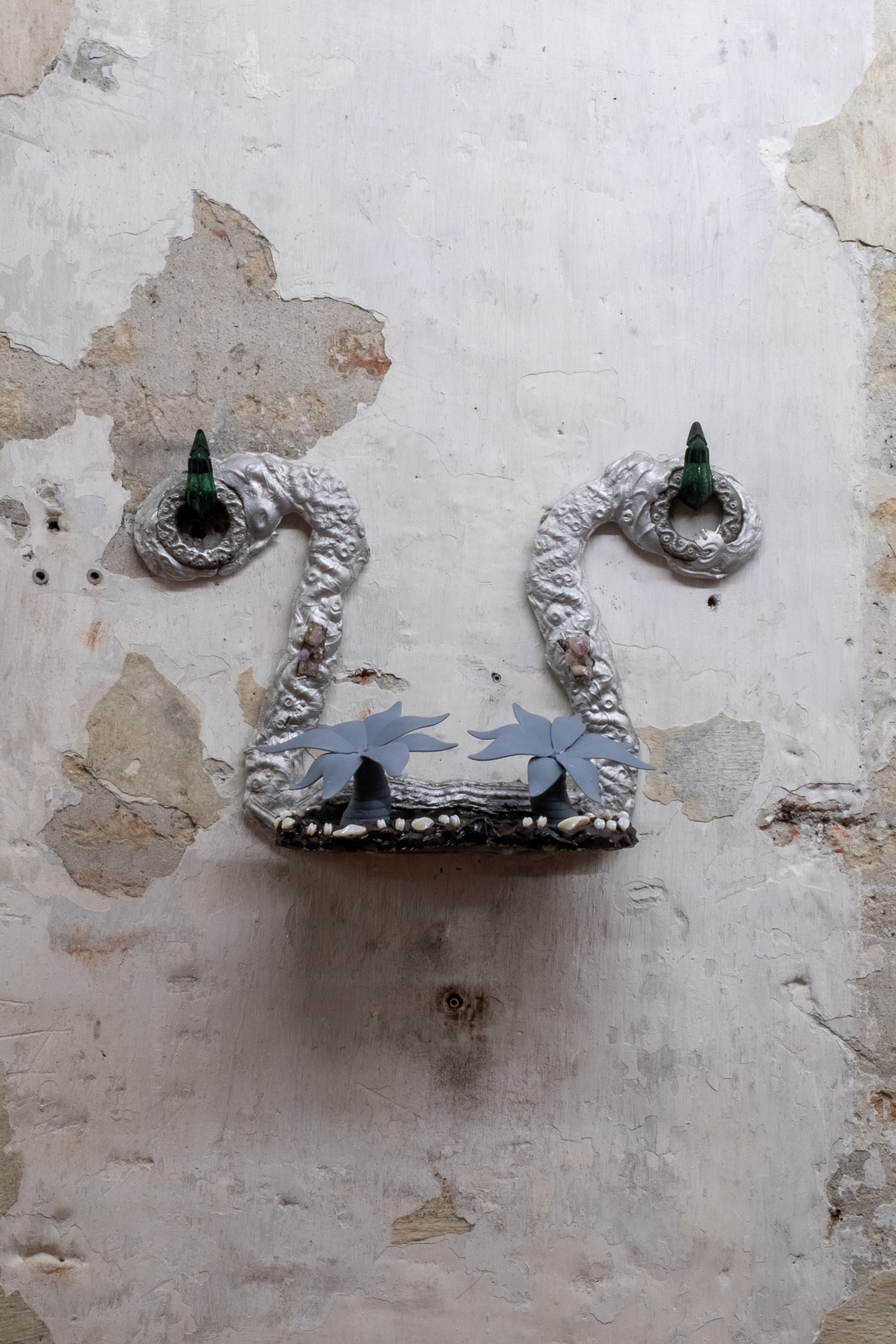

Location
ClaptrapDate
24.03 –02.04.2022Curator
MedusaPhotography
Tim Evers (@isjeboytim)Subheadline
ARTIST + ARTWORKS: 1. Léa Tissot Laura (FR, 1994) & Anna Sougy (FR,1997) (@ido_latria & @anna_2.poney) - Sexy Pigs (2021) video Léa Tissot-Laura (FR, 1994) and Anna Sougy (FR, 1997) are two French artists based in Brussels. They started collaborating in 2017 and since continue to synergise on diverse projects ranging from video installations to performances. By cross-pollinating their distinct practices, the friction of collaboration creates new questions that enrich their purpose and give new matter to their work: As Léa Tissot-Laura is mainly concerned with sexuality and the image of the off- and online body, Anna Sougy weaves open narratives from dreams and memories. While Léa draws inspiration from counteractions between rural and urban codes, Anna extracts meaning from the ‘unknown’, thus creating intimacy with the subliminal. When their practises merge, new motifs, interpretations and aesthetics are aroused. The video piece Sexy Pigs came into being through this hybridisation. Sexy Pigs commences when the food reserves of a pigsty are scarce. The pigs are starving, thus a political tale begins. The omniscient narrator guides us through scenes and landscapes of captured images and 3D renders. We dive into themes relating surveillance, power games, dreams and memories of adolescence that are questioned through the accumulation of metaphors and allegories. Polymorphous figures, hybrid species and uncanny transformations signify the critical situations we are going through as a society. In Sexy Pigs these moments of crisis all boil down to one question: How do we feed all the pigs? 2. Janne Schimmel (NL, 1993)(@janneschimmel) - The Hero as a Bottle (2022) computer sculpture - Many little bugs (2022) tin mold with pebbles - Grey Devil Grey Plants (2021) tin and ceramic plateau with 3D printed sculptures Janne Schimmel (NL, 1993) is a Dutch artist, who graduated from the Design Academy Eindhoven. His practice is concerned with the inner workings of both hardware and software — which he deconstructs both physically and digitally to expose the frameworks that determine how we think about technology as a society. Within his practice, Schimmel considers the computer as the interface to an alternative reality as experienced in popular RPG’s (role playing games) such as World of Warcraft or The Elder Scrolls series. The design of these games is immersive and detailed; grotto-like landscapes are littered with ritualistic occult objects such as power crystals, jewels, gems, and ancient shrines. Yet in contrary to the esoteric scenery of these virtual realms, the consoles and computers that allow you access to these worlds remain minimalist black or silver boxes made out of metal and plastics. Intrigued by the ornate reality of video games, Janne uses computer hardware to create sculptures and digital works that allow you to connect to your digital self. 3. Mathias Mu (MMU) (BE, 1991)(@mathias.mu) - Oribe Doro (2022) 3D printed sculpture Slowly a rhizomatic network is unfolding, with at its many centers Mu, a multi-definable and therefore un-definable concept. A non-binary, crossbreeding entity which leads a life of its own, directing the artist like some ancient spirit guide dressed in high tech future-wear. A true child of the information age, MMU (BE, 1991) filters through the data overload, trying to distill a reality that is ever changing. His influences range from video games and anime to Zen and Schopenhauer, from artificial intelligence and quantum technology to science fiction and archeology. MMU’s work reflects this by posing open questions. Questions that don’t seek answers but aim to broaden the viewer’s perspective and invite them to contemplate and participate in alternate realities. To challenge both history and the present and probe into the future, in search of a synergetic wave of the old and the new that transcends classical subjective perception and dualistic thinking. A place where subject and object are interchangeable and the distinction between fiction and non-fiction, function and nonfunction dissolves in order to create space for the unknown to flourish. Oribe Doro refers to a type of historical Japanese lantern or shrine made out of stone and named after a tea master who designed these lanterns for Japanese tea gardens. It is part of a new body of work that is created digitally and 3D-printed in PLA. The pedestal it rests on consists of a mixture of concrete and recycled PLA which was used to print the supportive parts of the piece itself. Oribe Doro has the allure of a relic, like the artefact of an object that never existed. Playing with natural forms and industrial materials which aims to drive up the conceptual tension within the object itself. Although the name implies a functionality, Oribe Doro takes the role of an abstract entity floating between past and future, covering itself with ornaments as a way of expression, in search of a personality. 4. Lena Kuzmich (AUT, 1998)(@lenakuzmich_) - dddy’s girl (2021) lenticular print in heart shape - !"#$%&'"()♾)*+,!-,")(2021) lenticular print Lena Kuzmich (AUT, 1998) is a non-binary and multidisciplinary artist currently based in Amsterdam. Their work, a fluid remix of photographic and videographic fragments taken from pop and subcultures, sketches alternate visions of society. Imaginative landscapes, hybrid representations of bodies, and technology all become a portal beyond preconceived notions about the world and our identity in it. Once the narratives that shape our understanding of reality are laid bare, they become open for restructure. This is what Lena attempts as they seek to make sense of the chaotic and transformative forces of life. 5. Pedro Gossler (BRA, 1993) & Thijs Jaeger (NL, 1990)(@pedrogossler & @tpik__________shakur) - Ooze (2021) video - Ooze (2022) chair installation Pedro Gossler (BRA, 1993) is a multimedia artist working with motion images, animation, photography and whatnot. His work often deals with the useless and the unimportant and its subversive qualities. Small objects, very specific subcultures, funny little things. To think of the quirky as a possibility and an effort of bringing things to surface. Post internet mockery. Pedro’s film Ooze conjures up a parapsychological examination of reality within internet dialectics. The narrator, who’s captivated by superstition, guides us through a digital scenery of supernatural occurrences. We discover paranormal logics and how they notably obstruct ‘real-world’ modern routines. To accompany his videopiece, Pedro invited Thijs Jaeger (NL, 1990) to design a rocking-chair-gamer-seat, which ultimately conjoins the digital linkage of gaming with a haunted aura often associated with rocking chairs. Furthermore, Thijs Jaeger’s work often pose as relics of a religion born of internet culture and authorless mythical lore. 6. Chloé Arrouy (FR, 1993)(@chloearwy) - Bliss (2022) Metallic bench and candles Chloé Arrouy’s (FR, 1993) sculptural practice is based on an experimental approach to traditional metalworking techniques. The objects she makes often refer to medieval societies and their abundant production of disturbing forms. Through the manipulation of signs from different Western cultural contexts, she questions the paradoxes these symbols hold, whereupon new fields for experimentation come into being. Between sensuality and austerity, innocence and infamy, her practice pushes her to explore the empathic power of forms and their capacity to provoke a physical sensations — often that of pain. The universe she conjures up resonates with the realms of witchcraft, torture, but also of BDSM and adolescence — all of which are propitious territories that evoke her relationship to existence, sexuality and culture. Beyond the veil of reappropriating symbols, dynamics of revalorization lie at the heart of her practice: the materials used are for a large part the a direct resurgence of obsolete domestic objects. For this exhibition, Chloé is thinking in collaboration with composer Dennis Meersman. They have been creating their work through back and forth interactions to collectively spawn a scenery of occult ambience. 7. Dennis Meersman (BE, 1996)(@dennismeersman_) - Bliss (2022) soundpiece Dennis Meersman (BE, 1996) is a Belgian composer. Operating from Brussels, he is mostly known under the moniker Diony Lake. For his composition, written for the joint work with Chloé Arrouy, Dennis works around several motifs with a sound palette consisting of orchestral instruments, digital synthesis the human voice — namely, that of his own and that of his father, Marc Meersman.Text
EXHIBITION TEXT:
In the cold breeze of a new earth, a perversely-shaped creature is born. It emerges out
of the synthetic waters, still sticky with slime from its mothers womb. A dusky ancient
light sweeps across the sky as the newly born being, shiny and cold, opens its eyes
to look straight at you. Together you linger through the plastic valleys, between
metallic forests, into the castle of occult sounds. Suddenly, memories from a distant
past float to the surface, dragging you to places where binary thinking was seeded
deeply in earth’s crust. Yet the cold touch of the newborn creature closes this
passage, drawing you back to the reality where artifice and mysticism live in harmony.
As you look at all the crossbreed creatures that rule this kingdom of hybridity, you
suddenly see yourself.
Noa Verkeyn & Saskia Smith (@noaverkeyn & @sasquiatsmith)